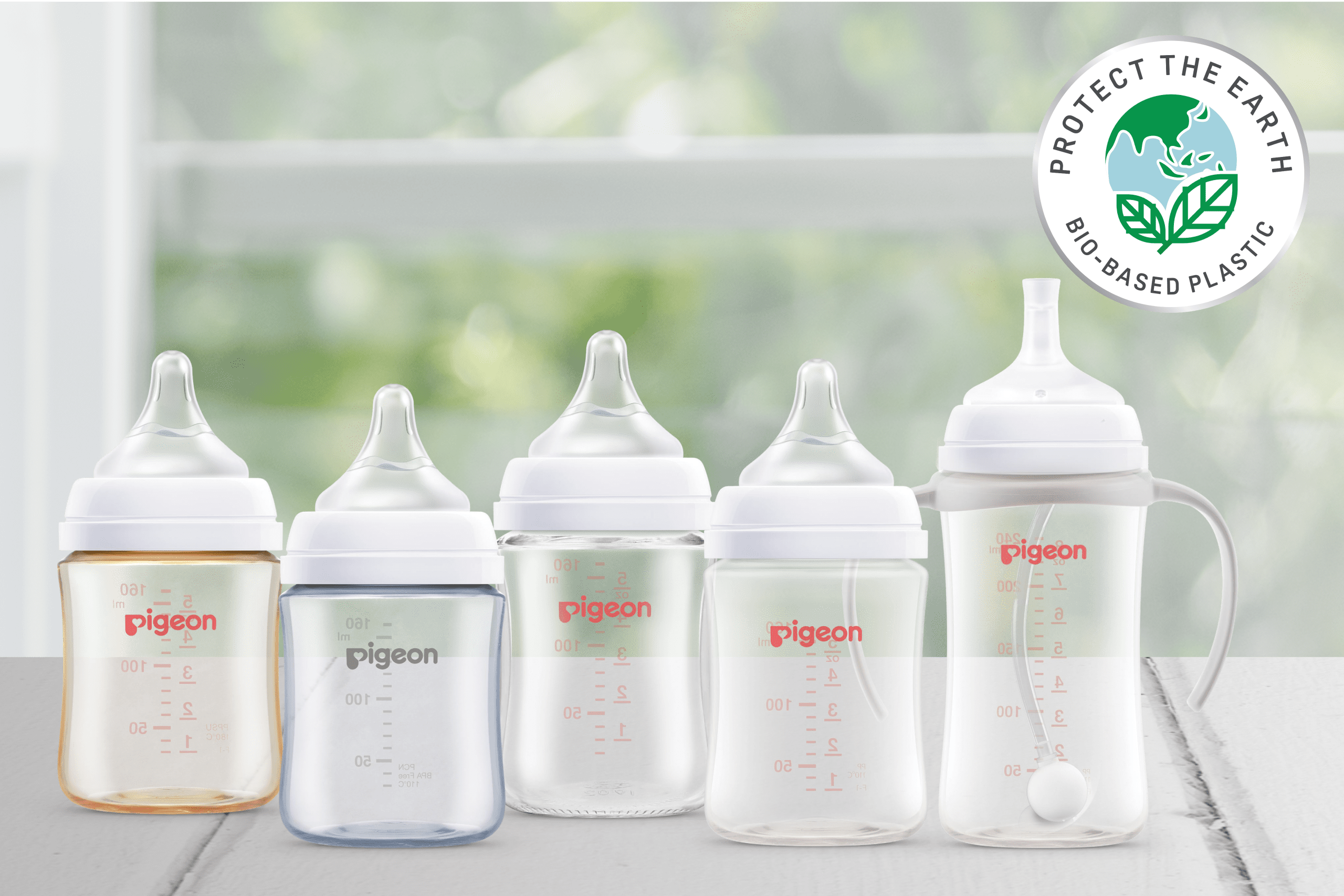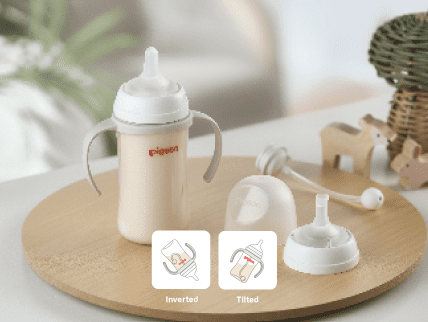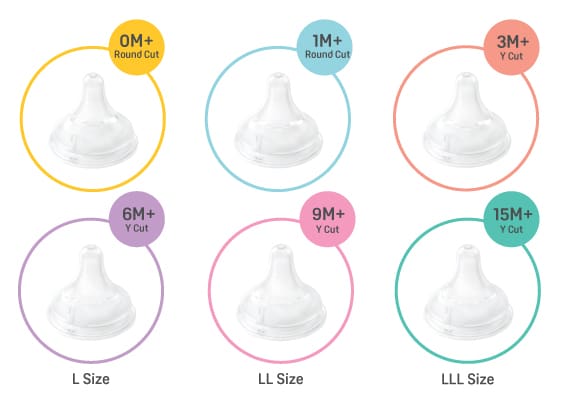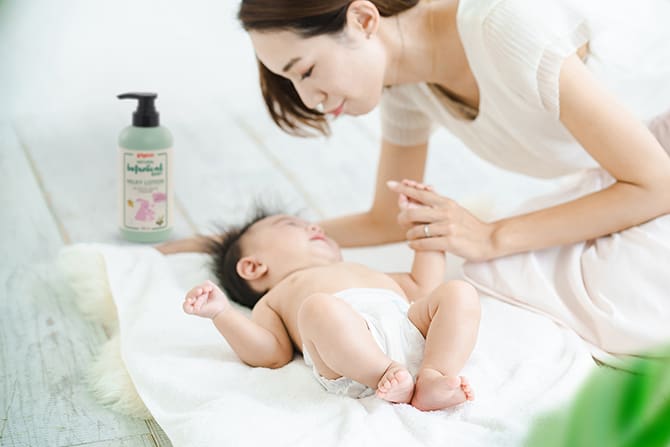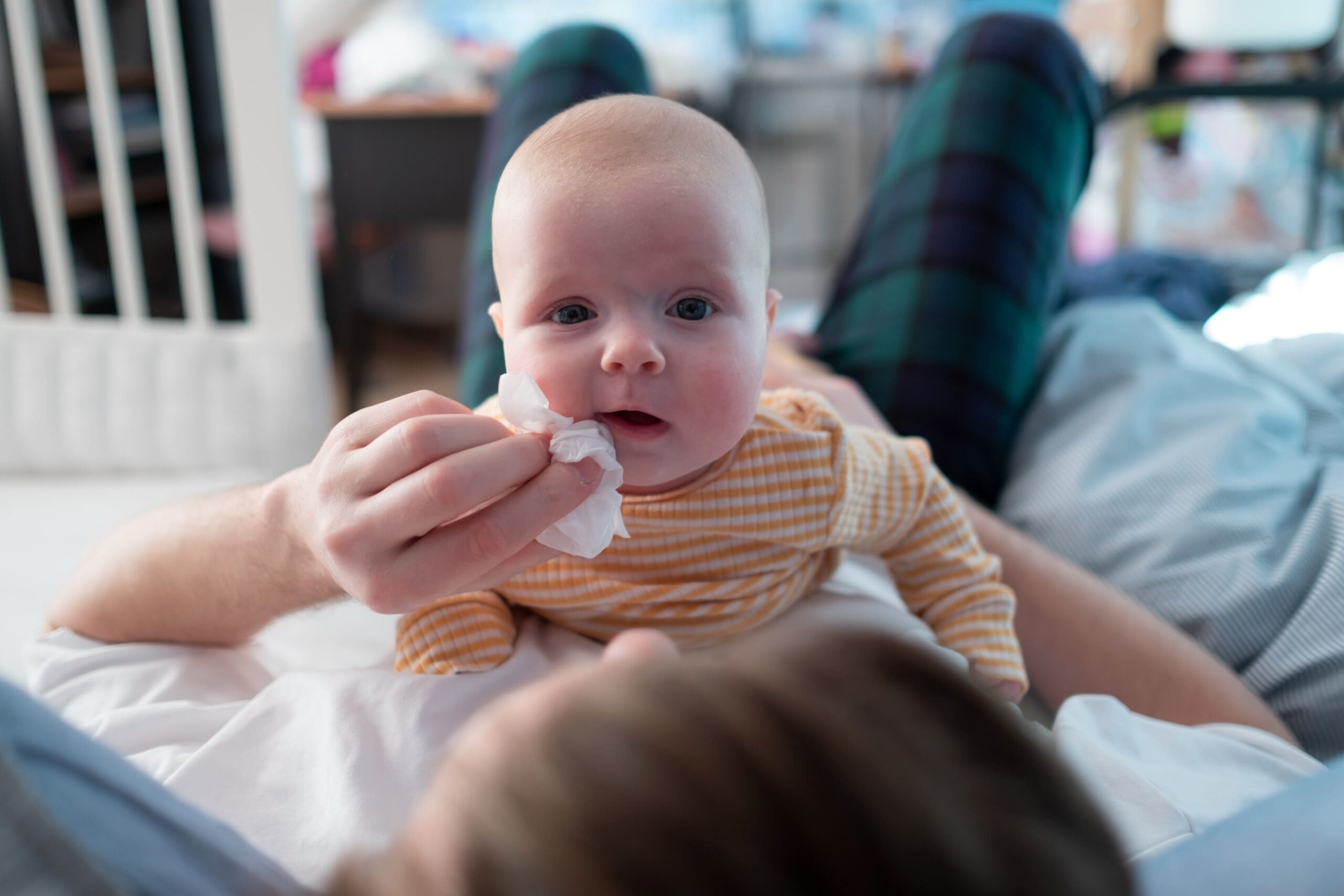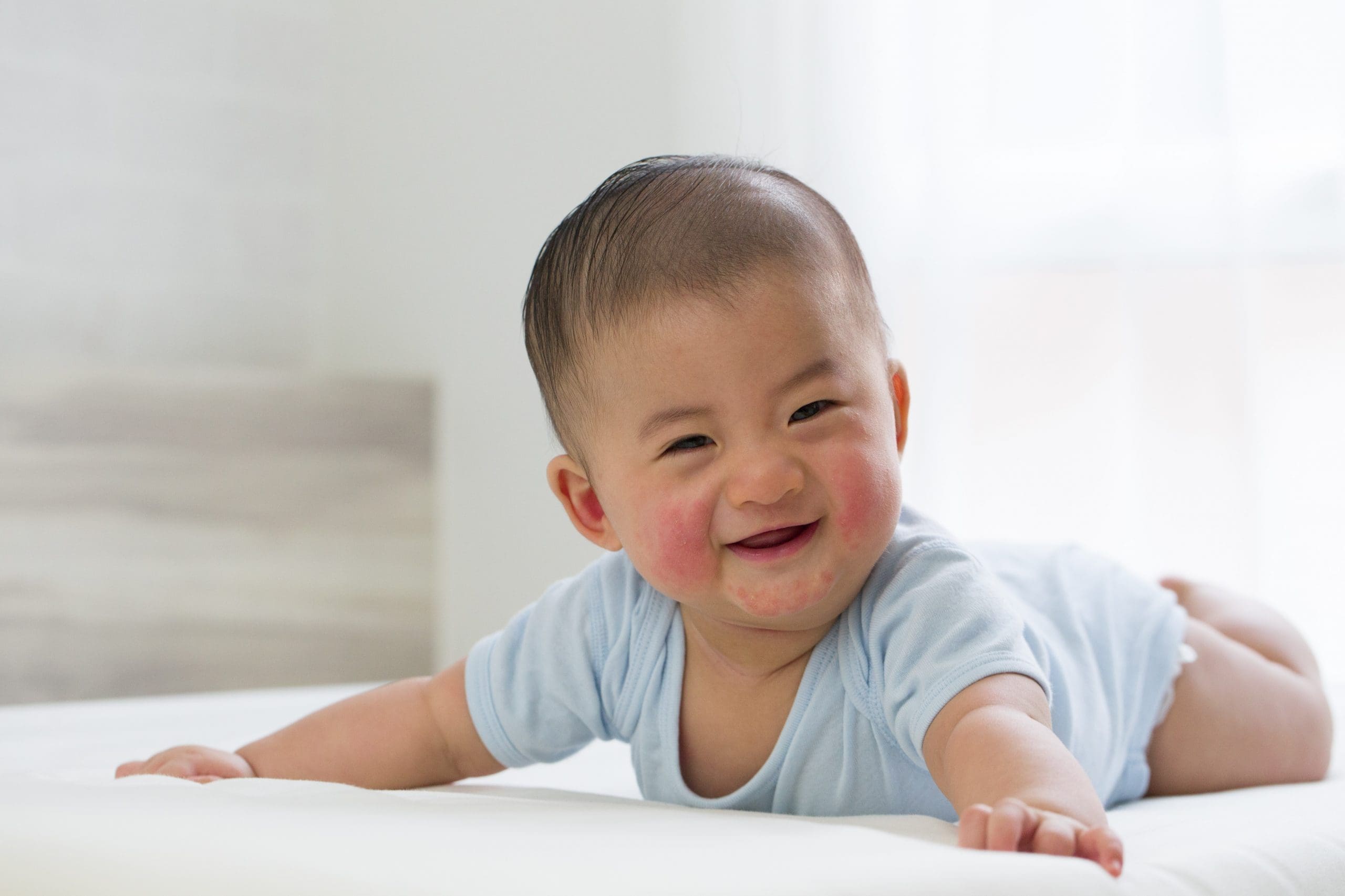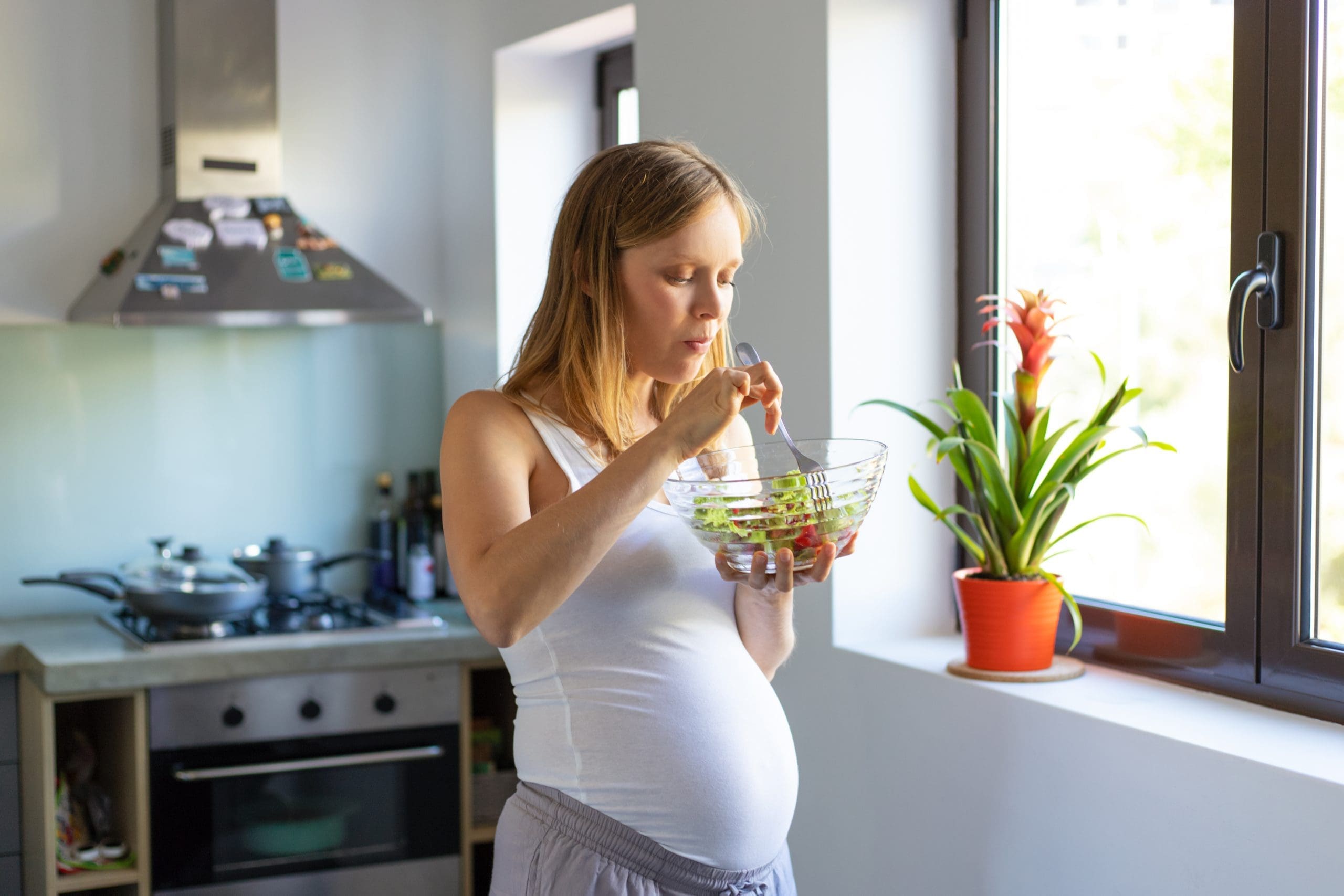Appearance
Among the many surprises new mothers will face is that babies are not born with a silky-smooth complexion. In fact, your baby is likely covered in a white, waxy substance called vernix. Your baby’s head may also look squashed and its little eyes puffy. Rest assured that these strange appearances will go away! After all, it has had a pretty rough trip through your birth canal.
Bonding and breastfeeding
Take your baby in your arms as soon as possible to start bonding. Your little one is no stranger to your cooing, soothing voice and will feel reassured just listening to it. Breastfeed as soon as possible – within the hour – to stimulate the flow of milk. Your baby will also naturally seek the breast upon skin-to-skin contact with your body. The first breast milk, or colostrum, is particularly nutritious as it provides protection against infection and disease. Your little angel is likely to be hungry every two to three hours. Enjoy the relaxed cuddles and wonderful bonding moments with your baby over the next few days!
Umbilical cord
The doctor – or your partner – will cut the umbilical cord immediately after birth. Some say cutting the umbilical cord feels like cutting a thick wet rope, while some liken it to cutting the inner tube of a bicycle tyre! To clean your baby’s umbilical cord, gently clean the base of your baby’s umbilical cord in a C-shape, as well as around the umbilical cord itself, with cotton wool dipped in cooled boiled water. If there is redness, oozing of blood or swelling, seek medical attention immediately. While your baby has no sensation in its umbilical cord due to a lack of nerve endings, do not pull it off. It will eventually dry up and drop off on its own within the next 10 days.
Medical checks
Weighing between 2.5 kg to 3.5 kg, with a length between 45 to 54 cm, your baby is cute, cuddly and full of curiosity! The doctor will thoroughly examine your baby and check for anomalies such as heart defects, eye problems and other conditions.
In Singapore, newborns are screened for:
- G6PD deficiency (i.e., lack of an enzyme)
- Hypothyroidism (i.e., low thyroid function)
- Hearing loss
- Errors of metabolism (i.e., disorders in the breakdown of fats or proteins)
Skin conditions
In the first few weeks, you may notice skin conditions such as small white spots (i.e., milia), a dry crust on your baby’s scalp (i.e., cradle cap), diaper rash or acne. Most of these skin conditions will disappear on their own. However, if the problem persists, see a doctor to rule out fungal infection.
Eye discharge
The world’s a big and scary place for a new baby, so don’t be worried if your baby appears to be squinting or not focusing well. If your baby’s eyes appear sticky, gently clean the eyes using a damp cotton ball and wipe each eye outward, away from the nose. If the eye discharge persists or if the eyeball looks red, seek medical attention. Otherwise, this should resolve in just six weeks!
Jaundice
One in four babies will have jaundice, which is yellow discoloration of the skin. Jaundice typically starts from the face and spreads towards the arms and legs. To be safe, schedule in a jaundice assessment in the first week. If required, your baby will be treated with phototherapy, which is the use of ultraviolet light in breaking down harmful jaundice products. By the way, keep your baby out of the sun! Contrary to popular belief, putting your baby in direct sunlight does not reduce jaundice levels.
Crying
It’s normal to feel stressed when babies cry, but remember this is how your baby will be communicating with you for a while. Is your baby hungry? Is the diaper soiled? Once you get to know your baby, you will be able to decode each cry.
If your well-fed baby cries non-stop for more than three hours a day, three days a week, it could be a sign of colic, which is a term used for excessive crying. The crying usually begins suddenly and for no clear reason. Hang in there mama, because colic will typically improve by the third month!
Sleeping
Babies sleep a lot, and sometimes up to 16 hours a day! Always lay your newborn on its back and ensure that the cot you choose for your baby meets Singapore’s safety standards. While in the cot, ensure that your baby’s head and face does not get covered by any pillows or loose bed sheet corners. Avoid letting your newborn sleep in your bed. Your baby will be able to roll over on its own and find its sleeping position at around 4 to 6 months of age. Look out for your baby’s contented smile, especially in the first few days of birth!
Vaccinations
Before leaving the hospital, your baby would have received vaccinations against tuberculosis (BCG) and Hepatitis B. It is not unusual to see pus oozing from the tuberculosis jab site in about 3 to 4 weeks, so keep calm and simply keep the area dry. Keep a close tab on your child’s immunisation schedule in the months ahead, especially for those that are required by law. Calm your child before, or give it a sweet drop of sucrose or glucose to distract it from the jab!
Urine and Stool
Last but not least, here’s the scoop on urine and poop. Within the next 24 hours, your newborn will pass its first urine. Your baby should have at least five to six wet diapers upon discharge from the hospital. Within the first one to two days, your baby will poop! As long as poop comes out soft and painless, the frequency of stool does not matter. In fact, there are only three colours of stool to worry about: red, black and white. While the biggest surprise is that baby poop may smell sweet, there is no need to smell or feel the stool!
Everyone around you, friends and relatives included, may start dishing out advice on how to handle your baby. This information overload can be nerve-wrecking! However, remember that you are the mummy and this is your child. Let your baby lead the way, and soon you will start to recognise what your child needs. Enjoy this wondrous journey with your little one!
